Manta rays, also known as “devil rays,” or “devilfish,” are large members of the eagle ray family. Those nicknames come from the horn-shaped fins on their face, called “cephalic fins.” The curved cephalic fins give a devil horn-like appearance to the rays. These fish can be immense, and the wingspan of the largest of the two species can be up to 23 ft. across! Read on to learn about the manta ray.
Description of the Manta Ray
These rays have very broad heads, allowing them to take in more water while filter feeding. Their bodies are horizontally flattened, which means that they are not very tall, but incredibly wide. Instead of having gill slits on either side of its head, the gills are on the ventral (underside) of the animal. Their “wings,” which are modified pectoral fins, are triangular shaped and make up the bulk of their body.
Interesting Facts About the Manta Ray
These beautiful rays were once very misunderstood creatures. It makes sense, they are incredibly large and a little scary looking (devil horns and all), but these fears were without merit.
- Finger Food – Sailors originally viewed manta rays as competition for fish. In reality, these creatures only eat tiny organisms. They are filter feeders that take in large mouthfuls of water and filter out the tiny food particles. These two species are the only members of the ray family that have evolved a filter feeding behavior.
- Sting-less Ray – Though they are related to stingrays, mantas have lost the sting barb that gives stingrays their name. They still possess a vestigial remnant of this barb as a short spine, but it is not used for stinging.
- Jump For Joy – Mantas are well known for their ability to leap above the water, which must have been terrifying for fishermen that were afraid of them! Scientists have a few theories as to why they perform these aerial acrobatics, but no one is quite sure why they jump. It could be to attract a mate, communicate with other rays, escape predators, or knock off parasites.
- Leaping Styles – These jumps above the water, known as breaches, come in a number of forms. Sometimes they jump in a perfect arc, entering the water face first. Other times they twist and reenter the water tail first. They have also been known to perform full somersaults in the air!
Habitat of the Manta Ray
These rays are native to oceans in tropical and subtropical climates, and avoid ocean temperatures below 68º F. The two species have slightly different habitat preferences, but both are pelagic. This means that they don’t live in close proximity to shore (coastal), or to the ocean bottom (demersal). The giant oceanic manta ray is more common in areas closer to coastlines, while the reef manta ray is found mostly in open ocean.
Distribution of the Manta Ray
These two species can be found in all major oceans in tropical and subtropical climates. In general, they range no farther north than North Carolina in the United States, and no farther south than New Zealand.
In the eastern Pacific Ocean reef mantas can be found from Japan to New South Wales, and from Hawaii to French Polynesia. Giant mantas are more widespread, but have seasonal “hotspots” where they are more common. These congregation areas include the Similan Islands in Thailand, New Zealand’s North Island, Isla de Plata in Ecuador, Laje de Santos Marine Park in Brazil, and Isla Holbox in Mexico.
Diet of the Manta Ray
Manta rays are filter feeders, and only feed on very small organisms. Some commonly eaten prey includes zooplankton, krill, shrimp, and crab larvae. They swim slowly around a school of plankton to bunch it together and then dive quickly through the ball to feed. While feeding they open their mouths wide and flatten their cephalic fins to help channel the plankton into their mouth.
Manta Ray and Human Interaction
Nowadays fishermen know that manta rays are harmless creatures that neither pose a threat, nor are competition to their livelihood. Sadly, that doesn’t mean these graceful creatures are out of danger.
Overfishing is a major problem for mantas. They are fished for their meat, skin, and gill rakes. The demand for gill rakes, which are used in Traditional Chinese Medicine, is incredibly high. Thousands are killed every year just for their gill rakes.
These rays are also endangered by entanglement and bycatch in other fisheries. They can quickly drown when caught in nets or on lines. These fish are also impacted by ship strikes, climate change, pollution, tourism, and ingestion of microplastics.
Domestication
Manta rays have not been domesticated in any way.
Does the Manta Ray Make a Good Pet
These fish grow incredibly large, even the smallest species, which makes it virtually impossible to own one as a pet. In addition to this, it is illegal to own a manta ray as a pet in most places as they are a protected species.
Manta Ray Care
There are only a few zoological institutes in the world that have the facilities to house these massive rays. The Georgia aquarium currently has four manta rays, and the Okinawa Churaumi Aquarium has successfully bred these creatures.
They require huge tanks, with hundreds of thousands of gallons of water to care for them properly. Georgia Aquarium’s Ocean Voyager (home to whale sharks, manta rays, and more) is 30 ft. deep, and filled with over 6 million gallons of water.
Behavior of the Manta Ray
Manta rays remain near the surface during the day, and move to deeper waters at night. The different species have different migration distances and patterns, but both migrate to nutrient rich upwelling areas seasonally. Though they congregate in areas with lots of food, they are not particularly social unless breeding season is in session.
Reproduction of the Manta Ray
Female mantas are ovoviviparous, which means that they develop the unborn pups within their oviduct until they are fully developed. She has a gestation period of approximately one year, and normally gives birth to a single, fully developed pup. The pup is completely self sufficient at birth, and leaves the mother immediately.
Beliefs, Superstitions, and Phobias About the Manta Ray
Historically, sailors had some pretty devilish myths about the “devilfish.” These creatures are graceful and harmless, but still incredibly large and intimidating. Fishermen commonly feared their size and power, and some even believed that these rays would sink a ship by pulling the anchor. Divers interacting with these creatures in the 70’s discovered that they were gentle giants, and this changed the narrative about manta rays.

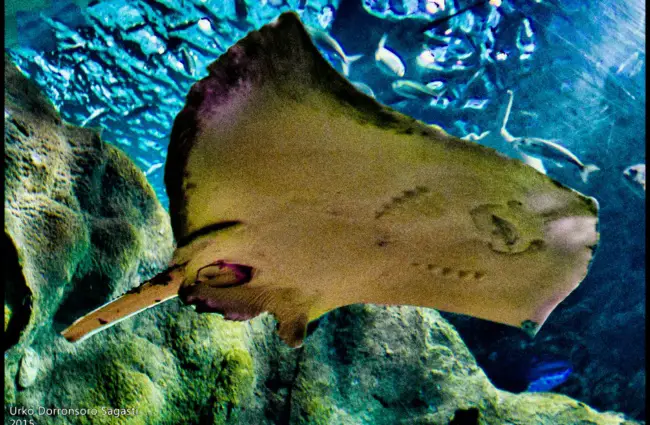
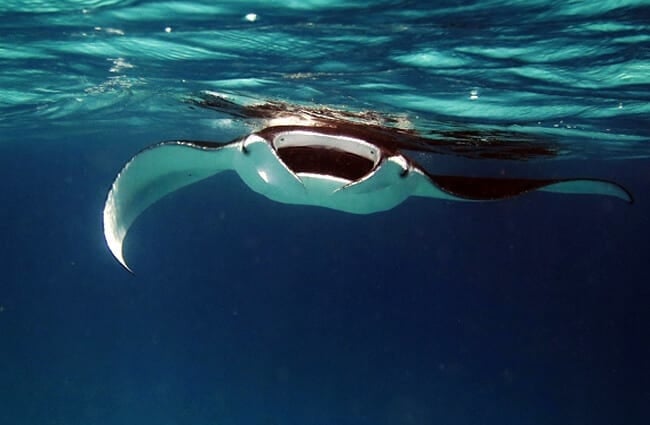
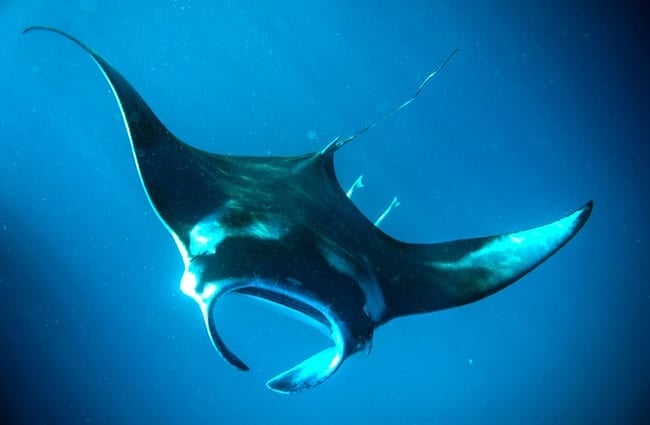
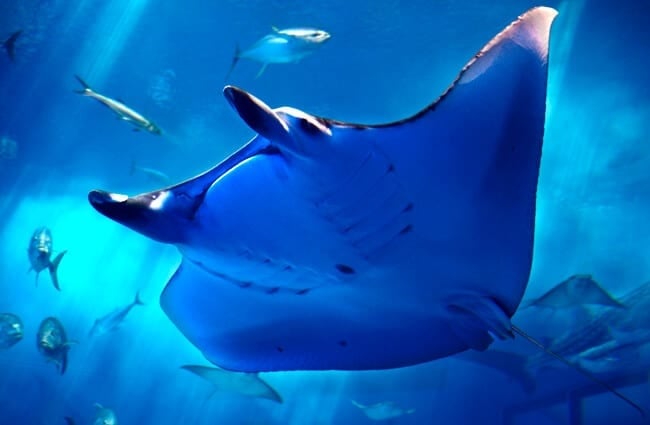
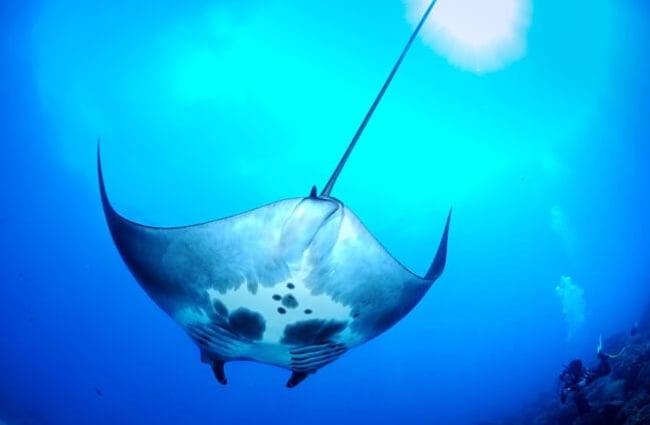
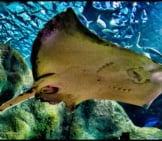



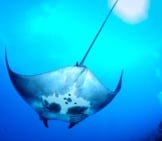
![Red Angus Closeup of a beautiful Red Angus cowPhoto by: U.S. Department of Agriculture [pubic domain]https://creativecommons.org/licenses/by/2.0/](https://animals.net/wp-content/uploads/2020/03/Red-Angus-4-238x178.jpg)
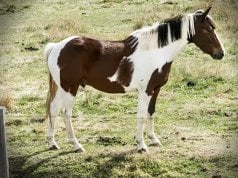
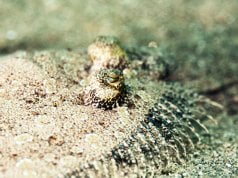










![Red Angus Closeup of a beautiful Red Angus cowPhoto by: U.S. Department of Agriculture [pubic domain]https://creativecommons.org/licenses/by/2.0/](https://animals.net/wp-content/uploads/2020/03/Red-Angus-4-100x75.jpg)

